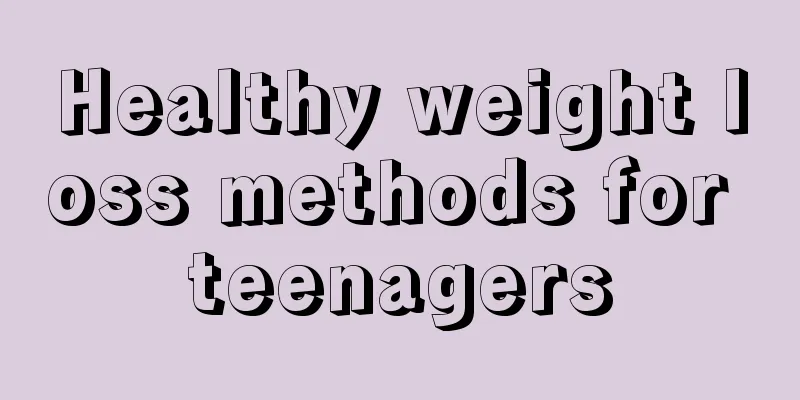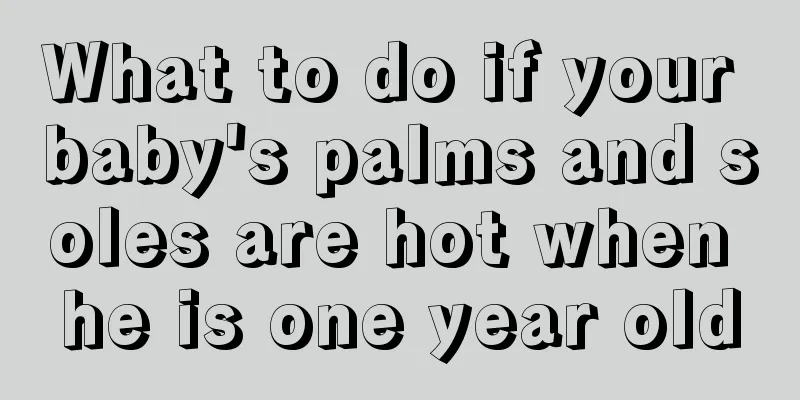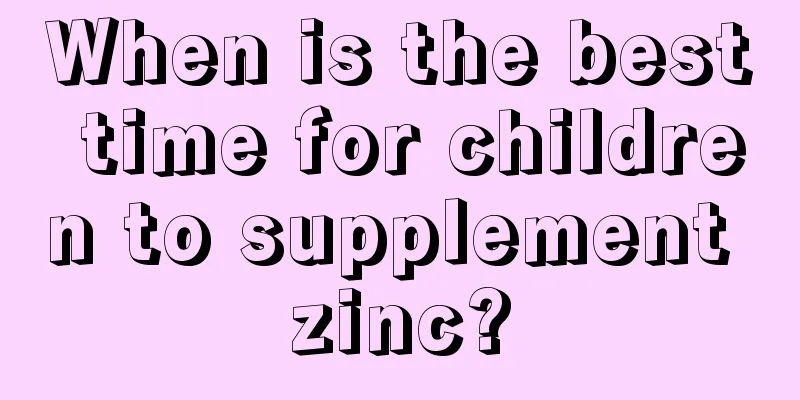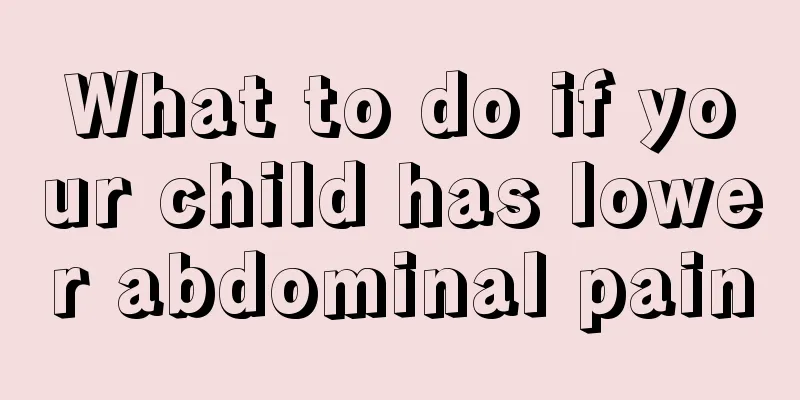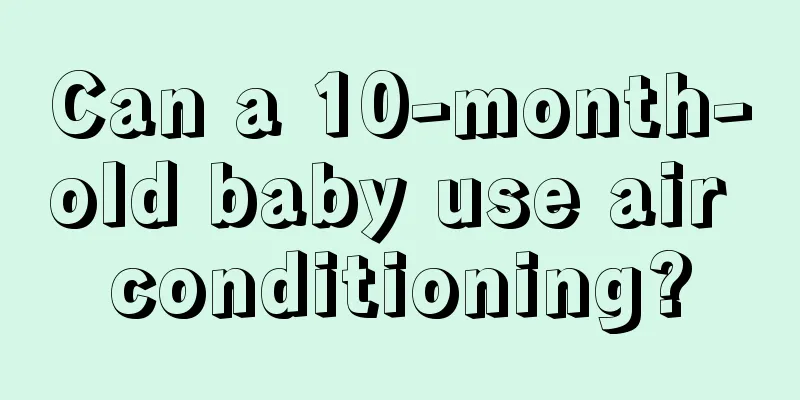How to deal with children's rhinitis
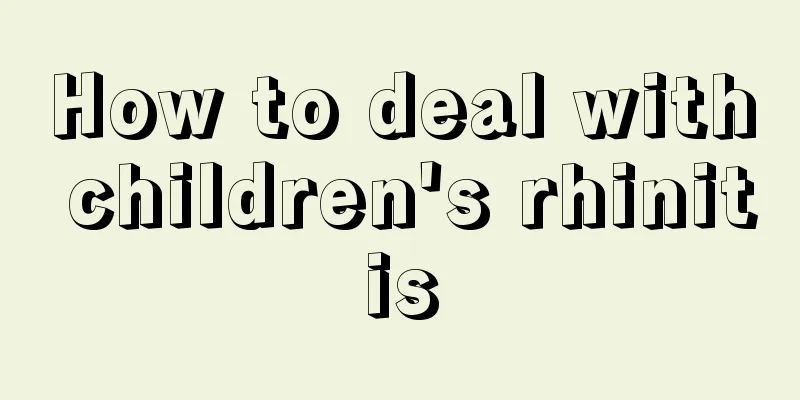
|
Rhinitis is difficult to treat, and most people cannot be effectively cured. Children's rhinitis is different from that of adults. Because some of the body's immune systems are not fully developed during this period, the disease resistance is weak and it is easy to be invaded by bacteria. The treatment methods are introduced below. 1. Find the source and prescribe the right medicine The causes of rhinitis are mostly different. Parents should give some information about the primary cause of their child's rhinitis to the doctor so that the doctor can treat the child based on the cause of the disease. Different rhinitis requires different medications. For example, allergic rhinitis requires anti-allergic treatment by taking drugs such as astemizole and chlorpheniramine. You can also use some nasal drops, which are generally used to relieve the symptoms of rhinitis. Nasal oil can relieve the dryness of dry rhinitis, furosemide can relieve nasal congestion, and hormone nasal drops can help relieve symptoms of allergic rhinitis such as sneezing and clear nasal discharge. 2. Pay attention to rhinitis when you have a cold Children's colds are usually accompanied by symptoms such as sore throat and cough. In severe cases, they may also have fever, headache, body aches, and even nausea and diarrhea. The typical symptoms of rhinitis are paroxysmal sneezing, runny nose, itchy nose, and nasal congestion. Parents should pay attention to their children's symptoms while they have a cold, and be careful of a recurrence of rhinitis! 3. Try saline solution When your child starts to have symptoms such as sneezing, runny nose, itchy nose, or nasal congestion, try washing with salt water. Use normal saline. Nasal irrigation with saline must be done in two steps. You must first rinse the nasal vestibule separately, and then rinse the deep nasal cavity after rinsing the nasal vestibule; Warm reminder: When using saline nasal irrigation for children, the tools for saline nasal irrigation, whether simple or complex, such as electric ones, must have a Class II medical device number to be sold on the market, and their safety and effectiveness must be guaranteed before they can be used with confidence. |
<<: What should pregnant women do if they have hemorrhoids?
>>: What to do if your baby has rhinitis and nasal congestion
Recommend
What are the symptoms of bronchiolitis in children?
Bronchiolitis is a very common phenomenon. This p...
What are the symptoms of nephritis in children?
Many friends do not know that nephritis can occur...
What is the cause of white spots in newborns?
There are many factors in life that can cause the...
Pelvic effusion in little girl
We know that there are two types of pelvic effusi...
What happens if a one-year-old baby doesn't eat well?
Many babies have started to eat normally by the t...
How to make baby eyelashes longer
Newborn babies are always adorable, especially th...
Is a child's fever of 385 degrees high?
For teenagers or adults, a fever of 38.5 degrees ...
What is the height standard for six-year-old children?
We all know that as children grow older, they wil...
Why does my child feel hot when sleeping at night?
Compared with adults, children's body's s...
What to do with hydrocele in children? Must-read knowledge for mothers
Hydrocele in children is a disease that is quite ...
Is nephritis serious in children?
Generally speaking, nephritis often occurs after ...
Can children grow taller by drinking milk?
Many parents are worried that their children will...
What should I do if my baby cries at night after weaning?
It is very difficult to wean a breastfeeding baby...
What are the symptoms of developmental delay in girls?
Many parents will find that when children reach a...
Kindergarten meal suggestions
Kindergarten is a place where many children gathe...
